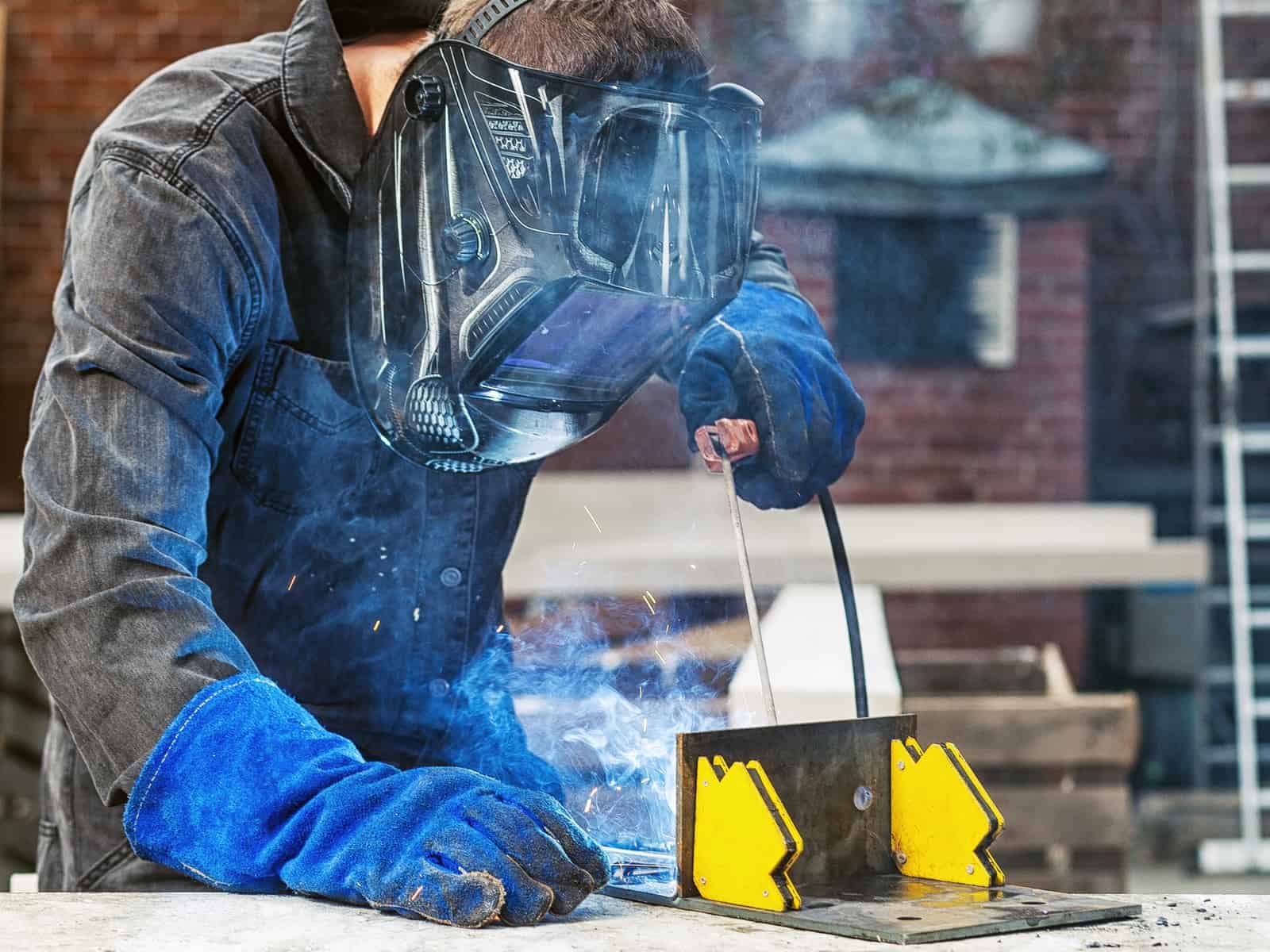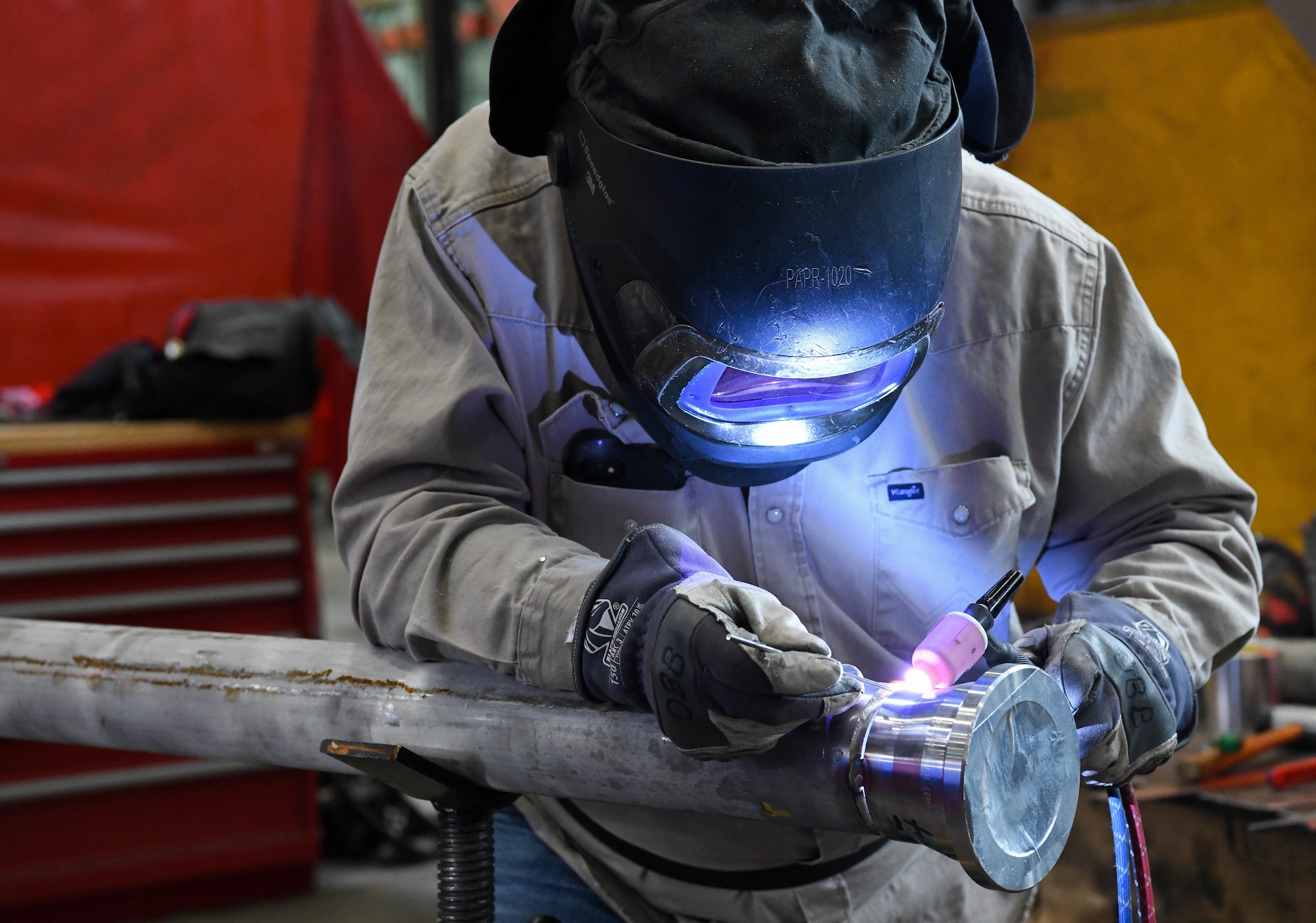Everything about Welding: Secret Insights Into Techniques and Ideal Practices for Success
Welding encompasses a variety of techniques, each suited for certain products and applications. Understanding these approaches, such as GMAW, SMAW, and TIG, is important for accomplishing ideal results. Additionally, the best equipment and safety methods can not be overlooked. As prep work and repairing play vital functions in the welding procedure, mastering these components can significantly enhance the high quality of the end product. What are the key variables that ensure an effective weld?
Recognizing Different Welding Strategies
Welding strategies include a variety of approaches, each suited to details applications and products. Amongst one of the most common methods are Gas Steel Arc Welding (GMAW), Protected Metal Arc Welding (SMAW), and Tungsten Inert Gas Welding (TIG) GMAW, additionally referred to as MIG welding, is prominent for its speed and convenience, making it excellent for thin products. SMAW, or stick welding, is preferred for its simplicity and performance in outdoor settings, particularly with thicker steels. TIG welding uses precision and control, making it ideal for detailed job and non-ferrous steels (Fabrication). Each strategy has its distinct benefits and considerations, allowing welders to select the most effective approach based on the task's requirements, product kind, and desired end results. Understanding these strategies is important for successful welding
Crucial Welding Devices and Devices
While various welding methods call for certain skills, the ideal equipment and devices are just as vital for attaining quality outcomes. Vital welding tools includes welding devices, which differ relying on the strategy-- such as MIG, TIG, or stick welding. Safety equipment, consisting of gloves, aprons, and helmets, assurances security and comfort throughout the procedure. Furthermore, clamps and components help safeguard materials in place, making certain accuracy in welds. Consumables like welding rods, cord, and securing gas are additionally vital elements that influence the quality of the weld. Devices such as cutters and mills assist in surface area prep work and post-weld completing, contributing to a specialist outcome. Buying top notch equipment ultimately boosts the performance and performance of welding jobs.
Safety Practices in Welding
Appropriate safety techniques are essential in the welding industry to protect employees from prospective risks. Welders must use suitable personal safety equipment (PPE), consisting of safety helmets with appropriate shading, gloves, and flame-resistant clothing. Ample ventilation is essential to reduce exposure to damaging fumes and gases generated during the welding procedure. Additionally, employees need to be learnt the right handling of welding equipment to avoid crashes. Fire safety and security actions, such as maintaining combustible materials away from the welding location and having fire extinguishers conveniently available, are essential. Routine evaluations of devices and workspaces can assist identify possible hazards prior to they cause accidents. By sticking to these security techniques, welders can create a much safer working atmosphere and decrease threats connected with their profession.
Readying Materials for Welding
Preparing products for welding is an important action that substantially affects the top quality and stability of the end product (Welding). Appropriate preparation involves cleaning up the surfaces to remove pollutants such as oil, corrosion, and dirt, which can compromise the weld. Techniques such as grinding, sanding, or using solvents are generally employed to attain a tidy surface area. Furthermore, making sure that the materials fit with each other snugly is important; voids can bring about weak welds. It's also essential to take into consideration the placement and positioning of the elements, as this will certainly influence the ease of welding and the last result. Picking the proper filler product and making sure compatibility with the base metals is necessary for accomplishing solid, durable welds.
Tips for Achieving High-Quality Welds
Attaining high-grade welds calls for attention to information and adherence to ideal practices throughout the welding process. Correct joint prep work is important, guaranteeing surface areas are clean and complimentary from impurities. Selecting the suitable filler product and welding strategy based on the base steels is crucial for optimal bonding. Keeping consistent traveling speed and angle while welding can protect against issues and advertise harmony. In addition, managing warmth input is essential; excessive warm can cause warping and deteriorated joints. Frequently checking the welds throughout the procedure enables immediate changes if essential. Employing ideal post-weld therapies, such as cleansing and tension relief, can improve the resilience and stability of the weld, inevitably ensuring an effective end result.
Repairing Usual Welding Issues
Welding frequently offers challenges that can influence the high quality and honesty of the final product. Usual concerns such as porosity, inconsistent weld grains, and getting too hot can develop, each needing particular troubleshooting methods. Recognizing these problems is vital for welders to boost their skills and attain optimal outcomes.
Porosity Problems Discussed
Although porosity can often be neglected, it remains an important concern in welding that can compromise the stability of a finished product. Porosity describes the visibility of little gas pockets within the weld bead, which can lead and deteriorate the joint to early failure. This trouble commonly arises from pollutants, moisture, or incorrect securing gas protection throughout the welding process. To reduce porosity, welders should validate that the base materials are dry and clean, utilize proper securing gases, and keep regular welding criteria. Consistently examining the devices and setting can additionally assist identify potential issues prior to they manifest in the weld. Dealing with porosity efficiently is essential for achieving strong, long lasting welds that fulfill quality standards.

Inconsistent Weld Beans
Inconsistent weld grains can significantly impact the top quality and stamina of an ended up item. Different aspects add to this see this here concern, including improper traveling speed, wrong amperage setups, and irregular electrode angles. When the welder relocates as well swiftly, a grain might show up narrow and lack infiltration, while relocating also slowly can trigger excessive accumulation. In addition, using the wrong amperage can result in either undercutting or extreme spatter, both of which compromise weld stability. The welder's strategy, such as irregular more torch movement, can also bring about uneven bead appearance. To reduce these issues, welders need to concentrate on preserving constant, controlled movements and ensuring correct tools setups to accomplish harmony in their welds. Consistency is crucial to achieving trustworthy and solid welds.
Getting Too Hot and Warping Issues
Extreme heat throughout the welding procedure can bring about substantial overheating and warping concerns, affecting the architectural stability of the workpiece. These problems commonly show up as distortion, which can jeopardize placement and fit-up, making more setting up testing. Elements adding to overheating consist of the option of welding criteria, such as voltage and travel speed, as well as the sort of material being bonded. To alleviate these concerns, welders must maintain consistent traveling rate and proper heat input while keeping an eye on the workpiece temperature. In addition, pre-heating or post-weld heat therapy can help relieve tensions triggered by rapid cooling - Montana Mobile Welding and Repair Belgrade. Routine inspection and adherence to ideal practices are essential in avoiding getting too hot and making sure the long life and reliability of welded frameworks
Frequently Asked Concerns
What Are the Profession Opportunities in the Welding Sector?
The welding industry supplies diverse job possibilities, including settings as welders, assessors, designers, and educators. Experts can function in production, building, aerospace, and automotive sectors, profiting from strong need and competitive wages in different duties.
Just How Can I Boost My Welding Speed Without Sacrificing High Quality?
To boost welding speed without sacrificing quality, one should practice effective techniques, preserve devices, maximize settings, and boost hand-eye sychronisation. Routine training and seeking comments can likewise significantly contribute to attaining faster, premium welds.
What Certifications Are Readily Available for Welders?
Many certifications exist for welders, including those from the American Welding Culture (AWS), the National Facility for Construction Education and Research (NCCER), and various industry-specific organizations. These credentials enhance employability and show skill efficiency.
Exactly How Does Welding Impact the Properties of Metals?
Welding influences the residential properties of metals by smaw altering their microstructure, which can lead to adjustments in firmness, ductility, and stamina. Warmth input and cooling rates throughout the process substantially affect these product characteristics.
Can I Bonded Dissimilar Metals With Each Other?
